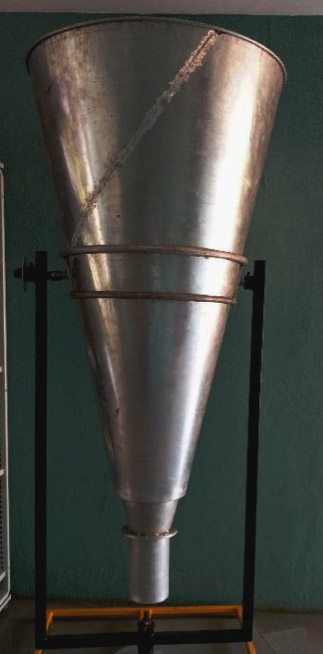21 cm Hydrogen Line Experiment
The 21 cm hydrogen line is a spectral line emitted by atomic hydrogen. Since hydrogen is the most abundant element in the universe, this makes the hydrogen line a very important line in radio astronomy. A horn antenna was designed for detecting this line from our galaxy. A major limitation of radio astronomy is noise, either man-made or naturally occurring. Hence we require new techniques to reduce noise from our detector. The horn antenna is a high performance, high gain and low noise antenna specially designed for detection of 21 cm hydrogen line. The antenna is able to pick up radiation from the hydrogen clouds in our galaxy while suppressing terrestrial interferences due to the low side lobes of the antenna. The antenna is easy to handle and issuperior to a parabolic dish in terms of noise performance.
The horn has enabled us to study hydrogen line profiles from the galaxy. The spiral structure of the galaxy can be estimated. It has also made it possible to estimate the rotation curve of the galaxy.
3 Meter Telescope
3 meter radio telescope installed at IUCAA

Horn Antenna
Horn antenna designed and contructed by RPL. One of it's kind for hydrogen line observation .

h1 scan on galactic arm
The galactic arms can be seen in this plot.